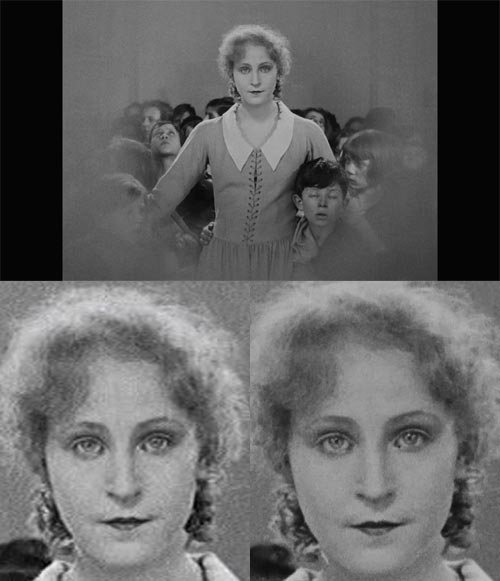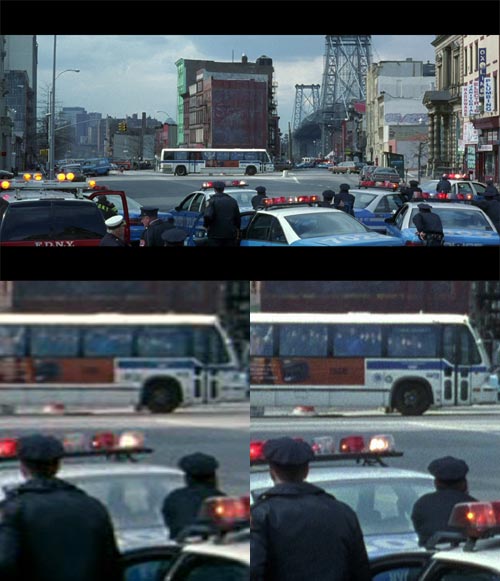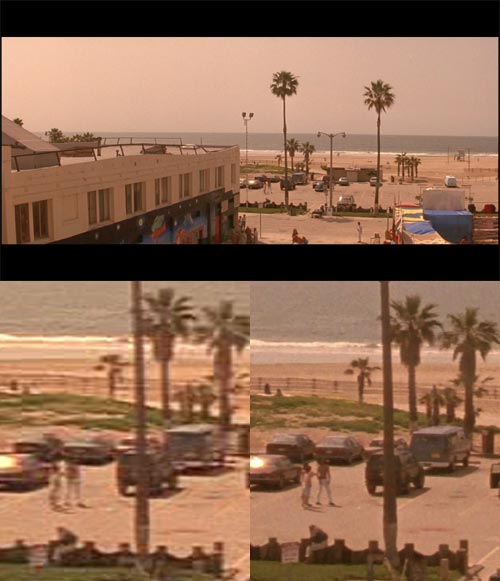A while back I wrote to the Australian Skeptics regarding its $100,000 prize. It offers this to anyone who can prove capable, under agreed protocols, to perform some actual paranormal task. For example, divining water, moving stuff through the power of the mind alone (telekinesis), reading minds, correctly reading the contents of sealed envelopes and such.
My hope was that this prize might be on offer for claims with regard to cables used with home entertainment equipment. There is a strong subset of the audiophile and videophile community who maintain that significant changes in equipment performance can be detected simply by using a different interconnect or speaker cable. In recent years this has been extended beyond analogue cables to those carrying digital signals. Consequently some vendors sell cables for hundreds, even thousands, of dollars to replace regular cables that cost dollars or tens of dollars. There seems to be no end to the categories of high-priced cables which are alleged to improve a system in some way: analogue audio and video, digital audio and video including HDMI, and even USB cables and, most incredibly of all, power cables*.
I belong to another strong subset who more or less deny that. However I do admit that I might be incorrect. It seems unlikely that I am incorrect, though. Proof of this would be easy enough: simply conduct a scientifically valid experiment to see whether some people can actually tell the difference between these cables.
To that end, as I wrote to the Australian Skeptics, I’d find it useful to be able to say to people who make big claims about cables: ‘Hey, if that’s right you can earn a hundred thousand dollars free and clear! Why don’t we put it to the test?’ James Randi has taken this approach in the past (except his prize is a million dollars), but it has fallen through for various reasons.
The Australian Skeptics have considered my suggestion, and have rightly come back with a number of questions, largely to do with testing practicalities, which I will address directly back to them. But these questions got me to thinking not about the practicalities, but about the principles involved here.
There are, it seems to me, at least two categories of seemingly dubious claim upon which skepticism may cast its doubts. In one category are claims which are, in principle, false, while in the other are claims that deal with matters of degree.
Category one: homoeopathy, telekinesis, (blinded) mind reading, water divining. The kind of thing, in other words, in which there is no even vaguely plausible mechanism to make the claimed power work.
Category two: the obvious one is anthropogenic climate change. This subject is to do with degrees of effect, positive and negative feedbacks and the like. The mechanisms why it might or might not be a real problem are all actually existing and scientifically well-established. The controversy is largely to do with how their complex interactions are to be untangled. But nowhere in any of that is there any suggestions of some strange magical link unknown to science.
Most cable claims fall, I suspect, into category two. Obviously no cable can carry an electrical signal without imposing upon the signal some effect or other. The most common effect even has an engineering name: ‘impedance’. So what we are talking about is a matter of degree.
Sticking with analogue interconnects and speaker cables for the moment, it would be easy enough to whip up a cable that sounds significantly different to a regular cable. Just slip a resistor in at the appropriate rating to lop, say, two tenths of a decibel from the signal strength. On a relatively resistive role like as an interconnect between a CD player and an amplifier, the sound would appear to many listeners to be vaguely inferior in direct testing (it is well established that such small volume changes can’t be detected by humans as volume increases or decreases, but the slightly louder volume sounds ‘better’). With the uneven impedance of loudspeakers, there could also be subtle tonal changes.
If every cable affects the signal, then it seems almost certain that each individual cable would affect it differently to other cables. ‘Affect’, in this case, must always mean ‘degrade’, since a cable cannot ‘improve’ a signal. The question is then one of levels of degradation and perceptibility.
With sufficiently finely tuned and calibrated testing equipment one would be able to measure and quantify these almost infinitesimally small changes. But are they audible in the real world?
If the cables are not broken, are of reasonable quality, are not of a length well beyond sensible run lengths, and have not been specifically engineered to degrade the sound, then I say no. Nonetheless, in principle a person of sufficiently refined hearing could, perhaps, tell the difference because, as I said, there is an actual difference.
With digital cables things are harder because a digital signal is more robust than an analogue one. With only 1s and 0s as valid values in the signal, slight variations are corrected by the receiving device turning 0.9s into 1s, and 0.1s into 0s, restoring the signal to perfection.
So, all cables running properly, there would appear to be no way that a person could tell two digital cables apart, even in principle. Except that one mechanism is sometimes posited. It’s a bit like the memory effect of water molecules claimed in homoeopathy, in the sense of it being something — anything! — that can be offered as an explanation. Except that unlike the memory effect, this is indeed something that might exist. If a cable causes greater errors in data, then the receiving device has to do more work correcting them, and thereby draws more power, perhaps more variably, which might result in power supply ripples and fluctuations. True enough, but unless things are going insanely wrong, these are likely several orders of magnitude too small to rise above the level of any random noise in a system.
So, where am I going with this? Well, on reflection, it seems to me that the Australian Skeptics should reserve its prize to category one issues, those in which there is no possible mechanism. It would be kind of sad to give a hundred grand away to someone on the basis of them detecting something which actually exists, even though in the real world it is almost certainly far too low in level to be capable of actual detection by a human being.
—
* A quick google for ‘audioquest power cable’ will reveal many, but Audio Quest uses a flash format so that you can’t link directly to its products. As I write, though, plenty of people sell them. Here’s one: a six foot Audioquest NRG WEL Signature Series AC Power Cord available for a mere $US6,899.99. No, that is not a typo, it is nearly seven thousand dollars. Claim: ‘The astonishingly smooth and pure Perfect-Surface eliminates harshness and greatly increases clarity compared to OFHC, OCC, 8N and other coppers. Extremely high-purity PSS minimizes distortion caused by grain boundaries, which exist within any metal conductor … Sound appears from a surprisingly black background with unexpected detail and dynamic contrast.’










